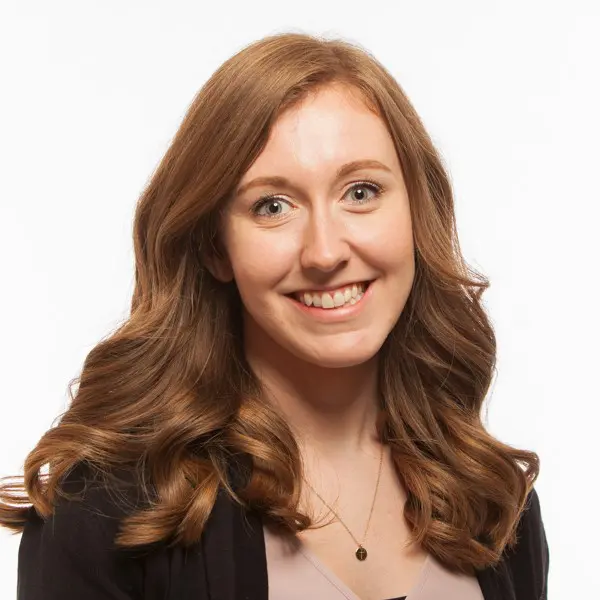Course Description
The course covers the basic statistical methods for describing data, linear regression and correlation, sampling, experimental design, probability and probability distributions, confidence intervals, and tests of hypotheses.
Learning Results
Upon successful completion of this course, the student will be able to:
- Define and use statistical terms and methods accurately.
- Understand and use basic statistical methods for describing data.
- Use linear regression and correlation to depict relationships.
- Collect representative samples from population data.
- Design reliable experiments and observational studies.
- Understand basic probability distributions and the sampling distribution.
- Apply inferential statistical methods including estimation techniques (confidence intervals) and hypothesis testing for one proportion, two proportions, one mean, two means, paired comparisons, and Chi-square relationships.
- Develop statistical thinking—using data to make decisions.
In connection with the Taylor University foundational core, this course will enhance communication fluency by adding statistical tools and reasoning, develop critical thinking skills using data and probability to inform decisions, increase quantitative literacy with new concepts and procedures, and contribute to spiritual maturity as students use statistical tools to inform their faith.
Textbooks
This course uses an eText (Beginning Statistics, 3rd Edition) as part of Hawkes Learning System. You will purchase access to both Hawkes Learning and the eText once you’ve been enrolled. Details are posted in Brightspace. For those that prefer a hard copy, there is also an option within the course to purchase the printed materials at a discount.
Please be sure to order the 3RD EDITION of the text.
A Graphing Calculator is needed—TI-83/84 recommended
Learning Documentation
There are 4 unit/chapter tests, 8 application assignments, 4 sets of practice problems, and a final cumulative exam.
Learning Evaluation
The practice problems are worth 20% of the final grade, the application assignments are worth 15%, the chapter tests are worth 50%, and the final exam is worth 15%.
Faculty
Elyse Culver
- PhD, Mathematics, North Carolina State University (2019)
- MMath, First Class Honors, Mathematics, University of United Kingdom (2015)



